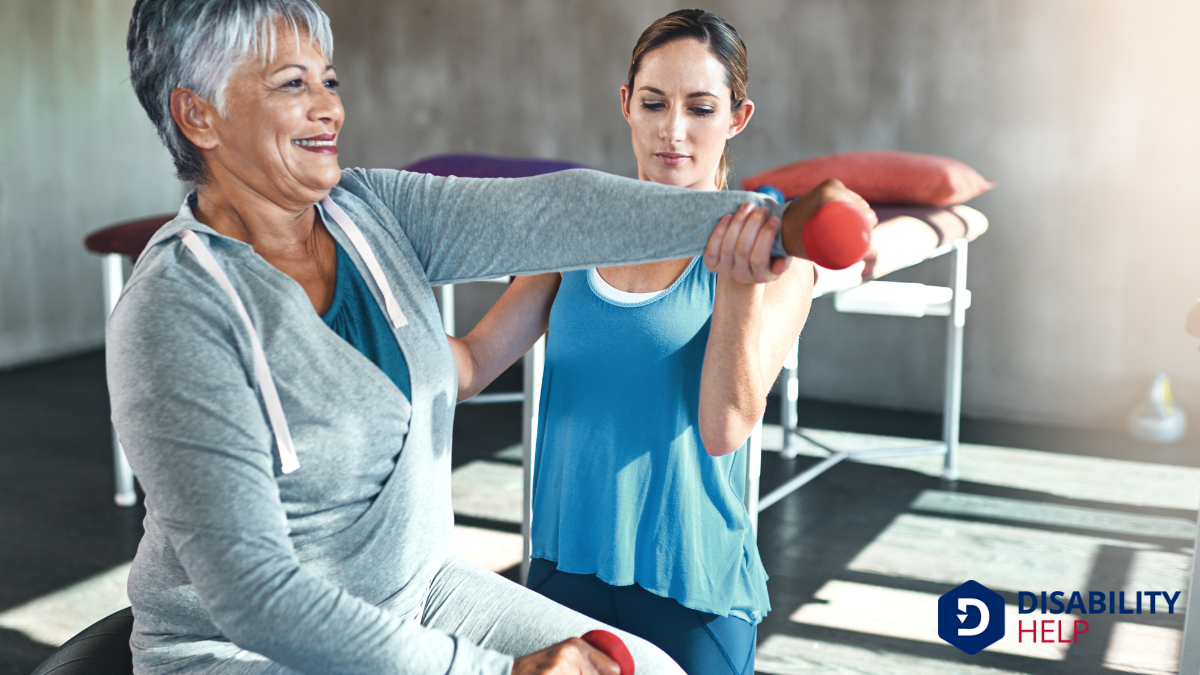When we talk about mobility, we're referring to four key components: flexibility, strength, control, and endurance. Each plays an essential role in how we move and perform daily tasks. Flexibility allows us to move smoothly, strength gives us a stable foundation, control helps us execute movements efficiently, and endurance lets us keep going. Understanding how these elements work together can transform our approach to physical activity. Curious to learn more about how they interact?
Key Takeaways
- Flexibility enhances range of motion and reduces injury risk.
- Strength provides stability and supports complex movements.
- Control ensures smooth, efficient, and intentional movement execution.
- Endurance allows for sustained physical activity and improved stamina.
- Overall mobility involves a balance of flexibility, strength, control, and endurance.
Flexibility
Flexibility is an essential component of mobility that we often overlook. By focusing on flexibility, we can enhance our range of motion, making daily activities smoother and more efficient. When we stretch regularly, our muscles become more pliable, reducing the risk of injury and promoting overall joint health.
Whether it’s reaching for something on a high shelf or bending to tie our shoes, flexibility plays a vital role in our everyday movements.
Let’s not forget that flexibility isn’t just about physical benefits. It also contributes to mental well-being. Stretching can be a meditative practice, allowing us to unwind and focus on the present moment.
Strength

Strength is another critical component of mobility that we must prioritize. It provides the foundation for our body to move efficiently and safely. When we strengthen our muscles, we enhance our ability to stabilize joints, maintain balance, and support complex movements. This not only aids in preventing injuries but also improves our overall endurance and performance in daily activities.
Incorporating strength training into our routine can greatly boost our mobility. Exercises like squats, lunges, and planks contribute to building the necessary power and support for peak movement.
Let’s remember that a strong body allows us to handle the demands of life more effectively. By focusing on building strength, we’re investing in a more agile and resilient body. Let’s make strength a priority in our mobility journey.
Control
Mastering control is essential for achieving ideal mobility. When we talk about control in the context of mobility, we’re focusing on how we regulate our movements with precision and stability. This means developing the ability to move smoothly and efficiently, whether we're walking, bending, or reaching.
Control helps us execute movements with confidence, reducing the risk of injury and enhancing performance. It's about coordinating our muscles and joints effectively, ensuring each action is intentional and well-executed.
To improve control, we can incorporate exercises like yoga or Pilates, which emphasize balance and body awareness. These practices strengthen our mind-body connection, allowing us to respond dynamically to different situations.
Endurance
Endurance is the backbone of sustained mobility. It allows us to keep moving without tiring quickly, helping us reach our goals efficiently.
When we think about mobility, it’s easy to focus on strength or flexibility, but endurance plays a vital role in maintaining activity over time. We need endurance to walk longer distances, climb stairs, or engage in any prolonged physical activity without fatigue.
To improve our endurance, incorporating cardiovascular exercises like running, cycling, or swimming into our routine is necessary. These activities boost our stamina and enhance our heart and lung capacity.
Let’s not forget the importance of consistency. Regular practice and gradual intensity increase help build endurance. By prioritizing endurance, we guarantee our bodies remain active and resilient, supporting our overall mobility journey.
Conclusion
In our journey to enhance mobility, we’ve explored the essential components that make it possible: flexibility, strength, control, and endurance. By focusing on these aspects, we can greatly improve our range of motion, stability, efficiency in movement, and stamina. Together, they form an all-encompassing approach to physical well-being, enabling us to perform daily activities with ease and confidence. Let's embrace these elements to boost our functional abilities and resilienceThe ability of individuals with disabilities to cope with and adapt to challenges and adversity., ensuring a healthier, more active lifestyle.






